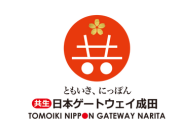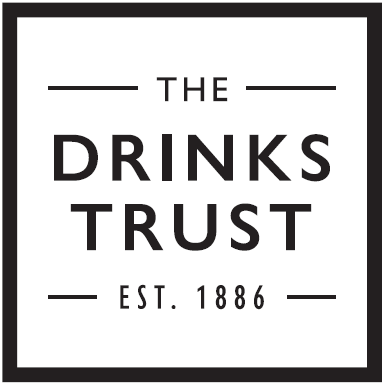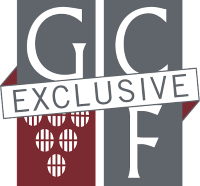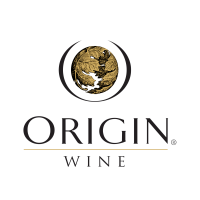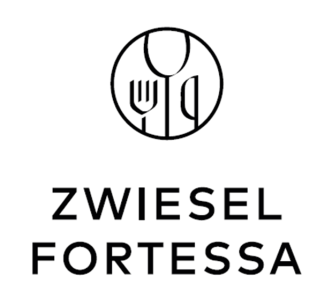And if you want that style, he says, “the best vehicle to get there is Chardonnay”.
Leonardslee Family Vineyards in West Sussex, England, have been planted with 70,000 vines: 55.85% Chardonnay, 34.42% Pinot Noir, 8.13% Pinot Meunier, and 1.6% Pinotage.
The Pinotage was an experimental block planted in the historic Leonardslee gardens – which have a wide variety of plants gathered from all over the world and the UK’s largest redwood trees. But the South African grape has performed well in the new sparkling rosé and justified its planting near the 19th-century Italianate-style manor house (below) – now a Michelin-starred restaurant with rooms.
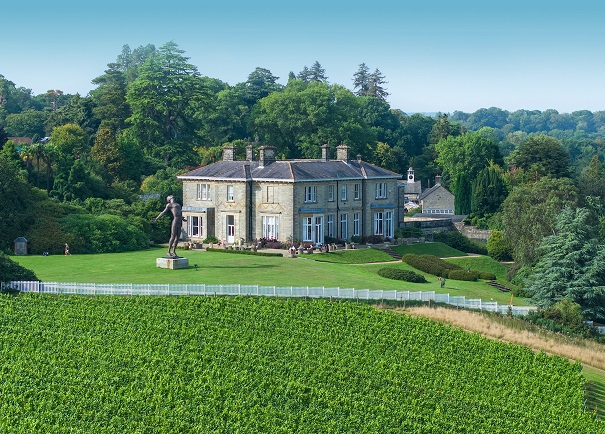
Launching the new wines in the house, Johann says the Pinotage produces “a fruit profile in rosé that Pinot Noir doesn’t”. But it’s mainly there for its colour contribution. “Normally, around here, winemakers would have to add 20 to 30% of a red wine base back into the whites to get to a desired pinkish colour,” he says. “But I’ve never liked that idea because when that extended skin contact to get that red wine is added to something as delicate as a sparkling wine with bubbles, those tannins and phenolics are just in a fight with each other.” And that’s not what you want when you’re seeking elegance and finesse.
About half of the 10% of Pinotage in the blend was cold-soaked for five days to get a beautiful dark colour – “darker than a Pinot Noir” – before fermenting. “We’re only soaking it on the skins and not fermenting, so there’s no alcohol present, because the alcohol is responsible for extracting all those phenolics and tannins, which we didn’t want. We were just after the colour, and then we could back blend that component to get this really beautiful rosé colour.”
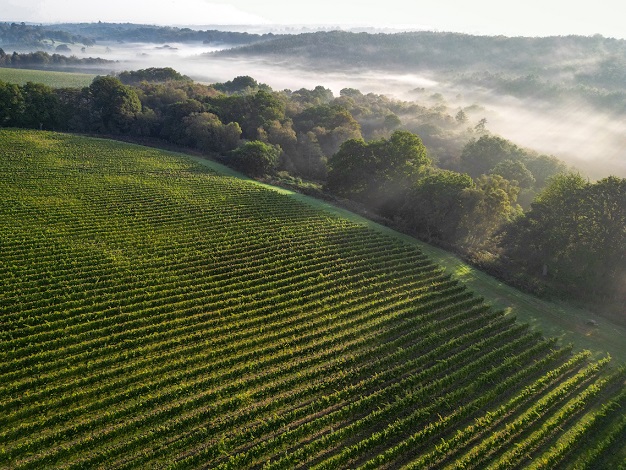
However, Chardonnay is the real star of the show on the south-facing silty clay-loam slopes that formed part of the golf course at Mannings Heath, which entrepreneur Penny Streeter bought in 2016 – planting vines there in 2017 and adding the Leonardslee gardens and manor house to the group in 2017.
Penny (below) brought in South African viticulturist Barry Anderson to look after the 38 acres under vine, son Adam (below) to run the 750-acre estate, and Benguela-based Johann to oversee wine production.
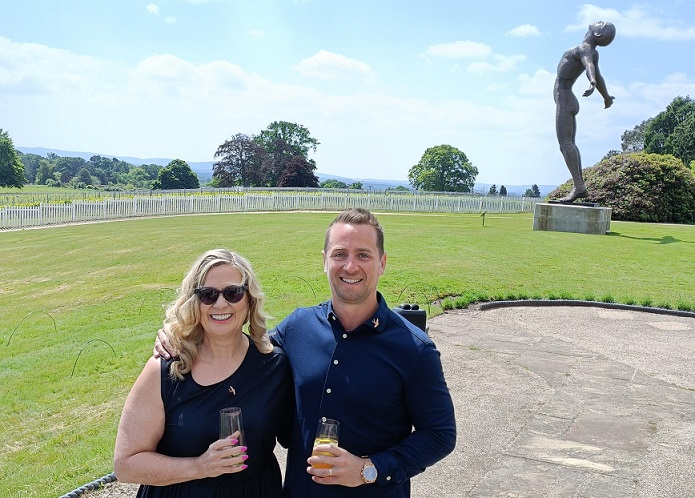
Asked to compare working in the Southern and Northern Hemispheres, Johann replies: “In the Southern Hemisphere, we’re constantly looking at viticultural techniques to keep the sun out, the heat out, how to lower alcohol levels but achieve ripeness. In the cellar, it’s how can we keep the alcohols at a lower level because, with this amount of sunshine and fruit we have, it’s always veering to the highest side on alcohol levels? We’re always looking at ways to preserve the acidity with viticultural techniques and in the cellar. You come this way (to the Northern Hemisphere), you’re looking at how can I get more sunlight in, how can I get more heat in? How can I get my alcohols up? How can I get rid of all this acidity instead of maintaining it, so it’s a totally different approach.
“We know how to do it but it’s just everything is done upside down, both in the vineyard and in the cellar. Things like chapitalising – you never do that (in South Africa), they don’t even teach that in university (Leonardslee chapitalised in 2021 but not in 2020).
“So, it’s a whole new world but super-interesting.”
The initial wines
There are three high-class sparkling wines in the maiden offering:- The Blanc de Blancs 2020 features Chardonnay clones Fr155, INRA 96, Gm 52, INRA 76, and INRA 548 on SO4 and Fercal rootstocks. The grapes were handpicked into bins in the cool of the morning. They were then whole-bunch pressed: 75% into stainless-steel tanks and 25% into French oak barrels. Selected yeasts were used for the primary fermentation with MLF blocked. Only the free-run juice was used to make the base wine, which underwent the second fermentation in bottle. The wine stayed on lees in the bottle for about 36 months before disgorgement, corking and labelling. The next batch will be disgorged after 48 months. The £60 wine has a dosage of 6g/L. Johann says the dosage is just for balance and is lower than in the other wines because of the oak-fermented portion, which adds richness.
- The Brut Reserve 2021 is a blend of 70% Chardonnay (INRA 76, FR155), 20% Pinot Noir (INRA 777, GM 1 Fr155, Fr 1801) and 10% Pinot Meunier (WVWL 32, WE 163). The main differences in the winemaking include full MLF “to soften the 2021’s natural acidity” and add “a creamy texture and depth”. The wine also had 6% of reserve wine to help create “the signature Leonardslee house style”. Ageing on lees was for 30 months. The £45 wine has a dosage of 7.5g/L.
- The Brut Rosé 2021 is a blend of 56% Chardonnay, 31% Pinot Noir (Fr1801, INRA 777, Gm 1, Fr1801, F105), 3% Pinot Meunier and 10% Pinotage (5C). This wine also underwent full malolactic conversion and 24 months of bottle ageing before disgorgement. The £45 wine has a dosage of 9g/L.
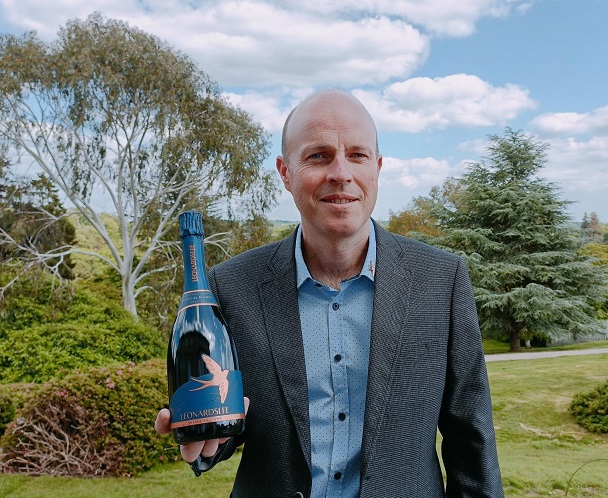
Production of each of these wines is 6,000 bottles. They are hoping to increase production from 18,000 bottles in 2020, 32,000 in 2021 and 56,000 in 2022 to 70,000-80,000 in the coming vintages.
They are also planning for the future by bringing in short-legged dolly sheep to eat the cover crop and fertilise the soil and runner ducks to consume snails and slugs.
“We believe healthy soils lead to healthy vines and better wines,” Barry Anderson says. “The soils were quite infertile when we did initial tests (on the golf course), with only two earthworms per square metre. Now, we have 30 per square metre.”
As for the wine style, Johann (above) says they are heading towards being Chardonnay specialists. This noble grape features heavily in the brut rosé and brut reserve as well as the blanc de blancs. He recalls the blending sessions: “Every time the one we preferred was Chardonnay dominant and quite a high percentage of Chardonnay, so we didn’t choose (to focus on) Chardonnay – it was almost like Chardonnay chose us.
“I think going forward and looking at the wines in the following years, we might be more Chardonnay focused than most other (UK) wineries.”


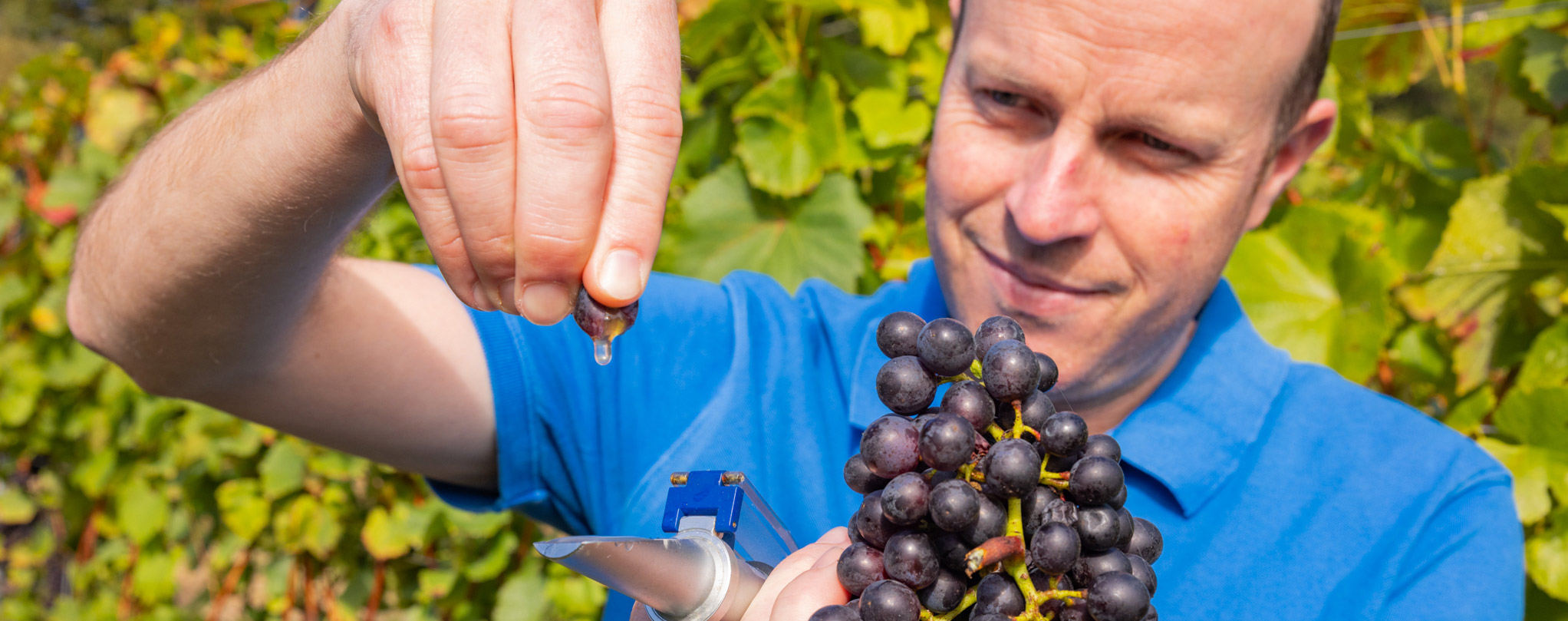
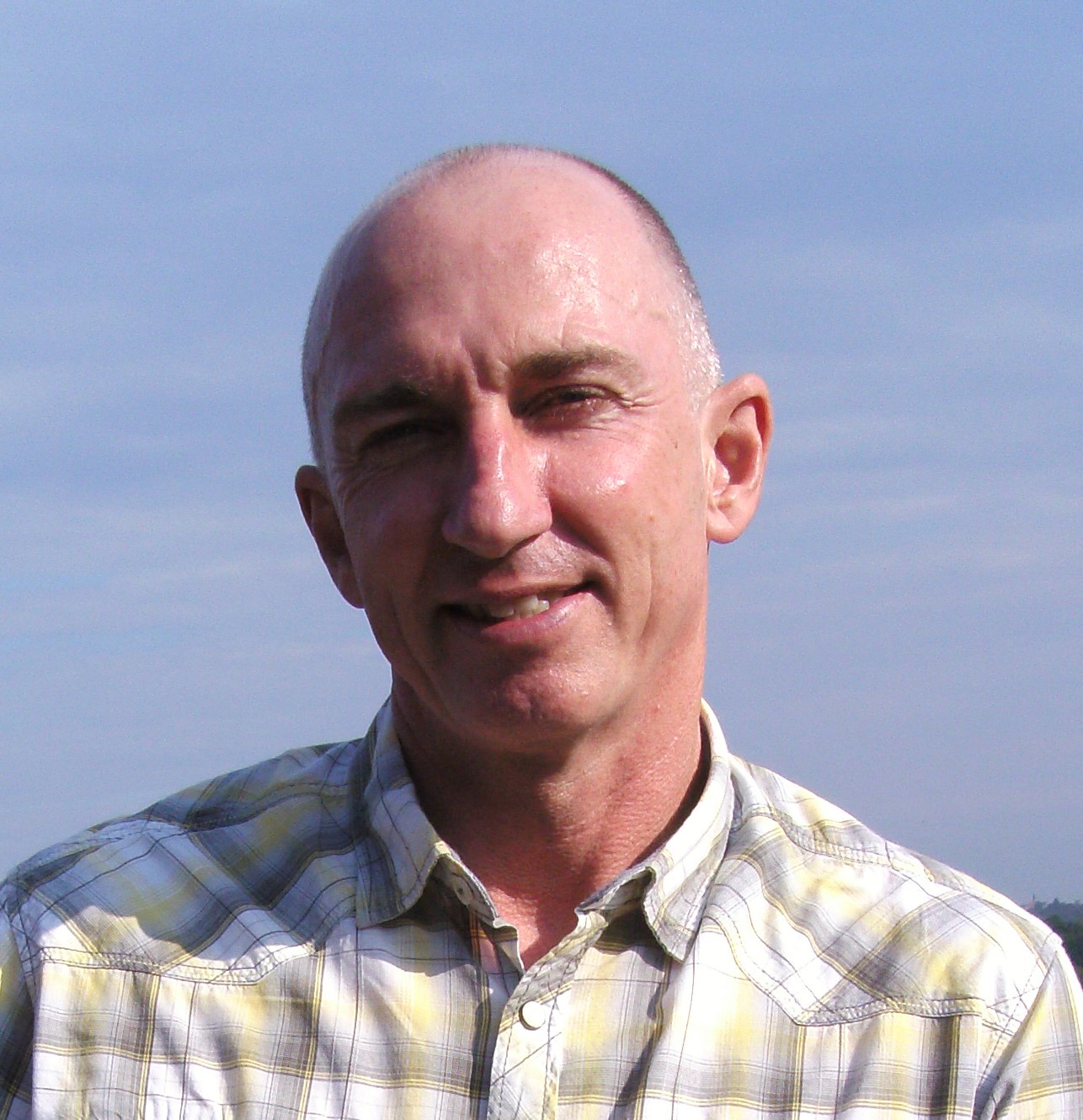



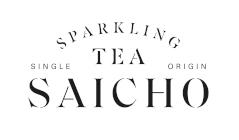
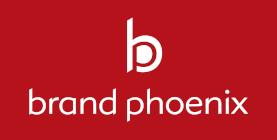
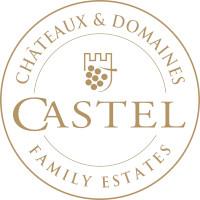
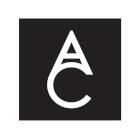

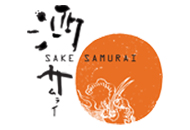
.png)
